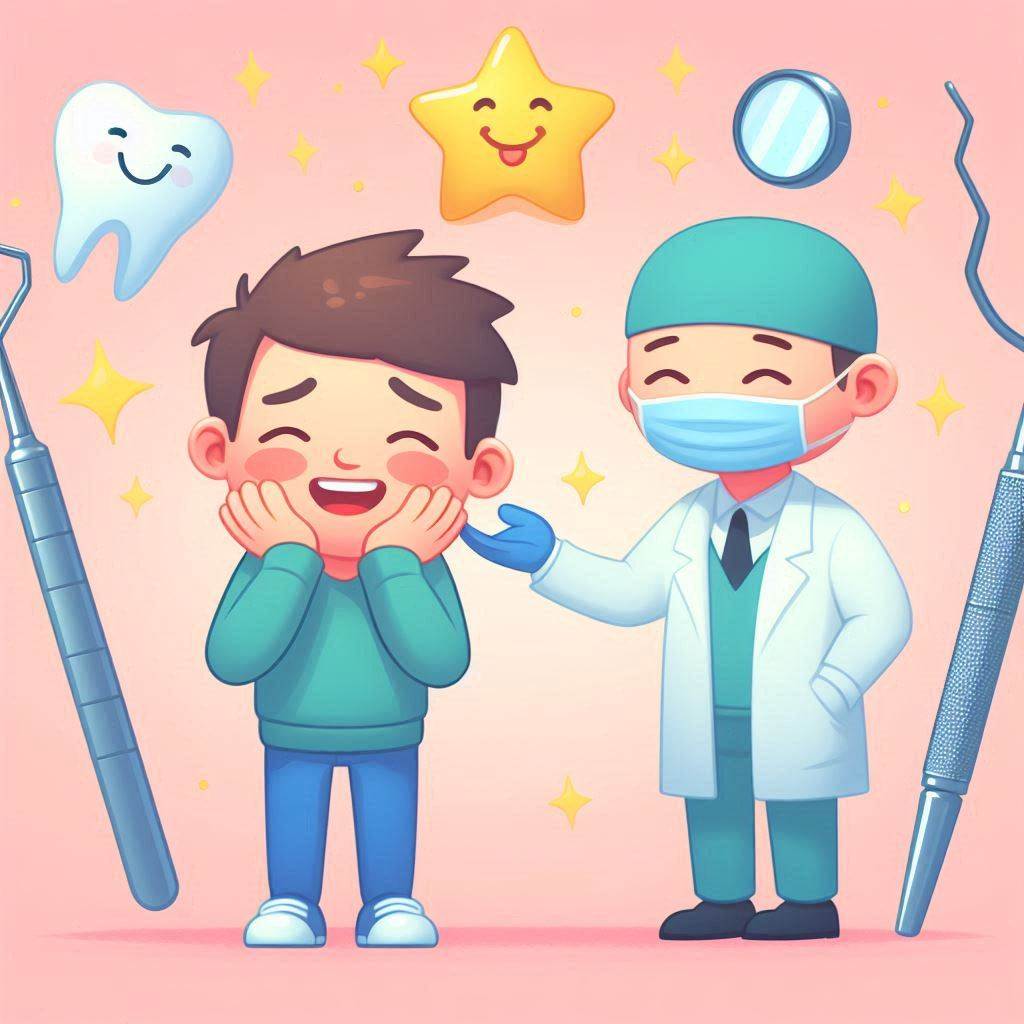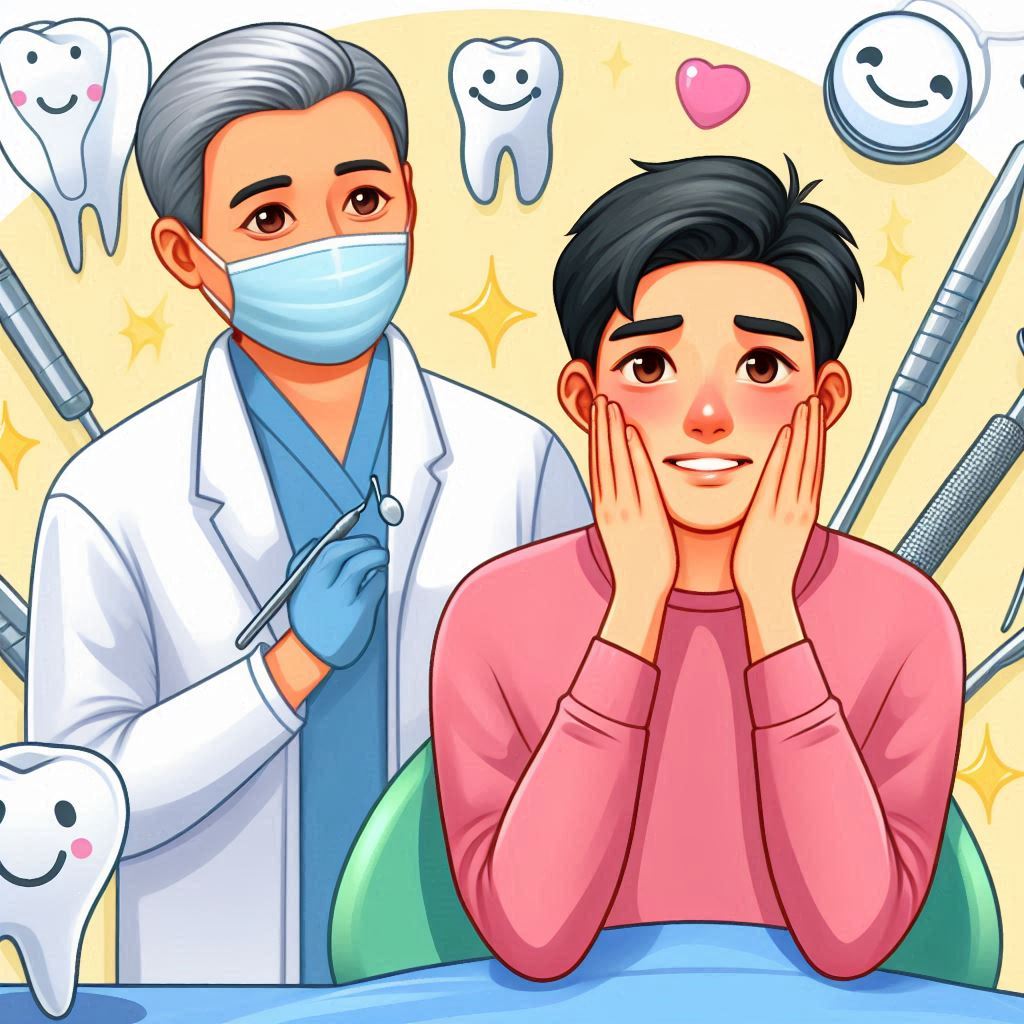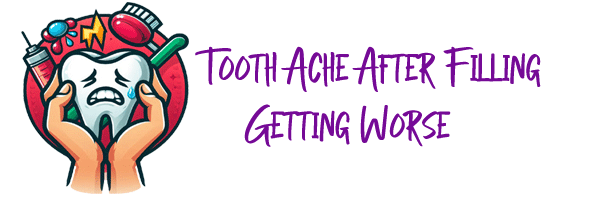Imagine your tooth as an ancient castle — weathered, proud, and full of stories. Over the years, it withstands many attacks: acidic foods, grinding stress, sneaky bacteria. One day, a breach is discovered — a cavity deep within its walls. The dentist, like a skilled mason, cleans out the decay and patches the damaged spot with a strong modern material.
You sigh in relief. The damage is repaired. The threat is gone. But then… days or weeks later, something begins to feel wrong. A little chip here, a tiny crack there. A part of the tooth crumbles. And with it comes a dull, persistent pain — growing louder each day.
That’s the hidden tale of tooth crumble after cavity treated — and the painful truth behind the keyword “tooth ache after filling getting worse.”
The Illusion of Repair
A dental filling often feels like a final chapter. The cavity is gone, the hole is sealed, and life should go back to normal. But for some teeth, especially those deeply damaged or structurally weakened, the filling is merely a bandage — not a full reconstruction.
It’s like fixing a crack in a dried-out dam. You plug the hole, but if the foundation underneath is fragile, it will still give way. The pressure of chewing, grinding, even clenching during sleep becomes too much. And so, the tooth begins to crumble — bit by bit.
What should have been the end of pain becomes a new beginning. That’s when many begin to ask:
“Why is my tooth ache after filling getting worse instead of better?”
Why the Tooth Falls Apart
Even once cleaned and filled, what remains is a thin shell — like an eggshell hiding under armor. The filling restores shape but not strength. The stress of daily chewing can eventually cause the weakened walls of the tooth to chip, fracture, or break off entirely.

This is especially common in:
- Molars, which bear the brunt of chewing.
- Teeth with large fillings, where most of the natural tooth is already gone.
- Older teeth, already worn down by age.
- Teeth exposed to clenching or grinding (bruxism).
Sometimes the crumble is sudden — a piece cracks while eating. Other times, it’s a slow disintegration, each bite loosening the fragile walls. And throughout it all, the pain builds — until you realize this tooth ache after filling is getting worse, not better.
Signs Your Tooth Is Crumbling
- Sudden sensitivity to cold or sweets
- Pain when chewing on that side
- A visible chip or crack
- Gum irritation near the filled tooth
If you’re experiencing any of these after a recent filling, it’s not just “normal recovery.” Your tooth might be telling you it’s structurally failing.
What Can Be Done?
A crumbling tooth doesn’t always mean disaster, but it does demand immediate attention.
- Replacing the filling if the edges are breaking
- Crowning the tooth, placing a protective cap to hold it together
- Root canal, if the nerve is exposed or infected
What matters most is early intervention — listening to your pain, especially if your tooth ache after filling getting worse is a recurring thought.

A Story of Strength and Caution
Sometimes, what crumbles isn’t failure — it’s a call to deeper restoration. A filled tooth is not invincible. It may need reinforcement, like a castle wall buttressed against future storms.
So if your tooth begins to ache, crack, or chip after a filling, don’t ignore it. Pain is the voice of your body’s wisdom. It doesn’t just say “something’s wrong” — it says “please fix me before it’s worse.”


